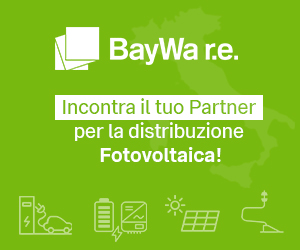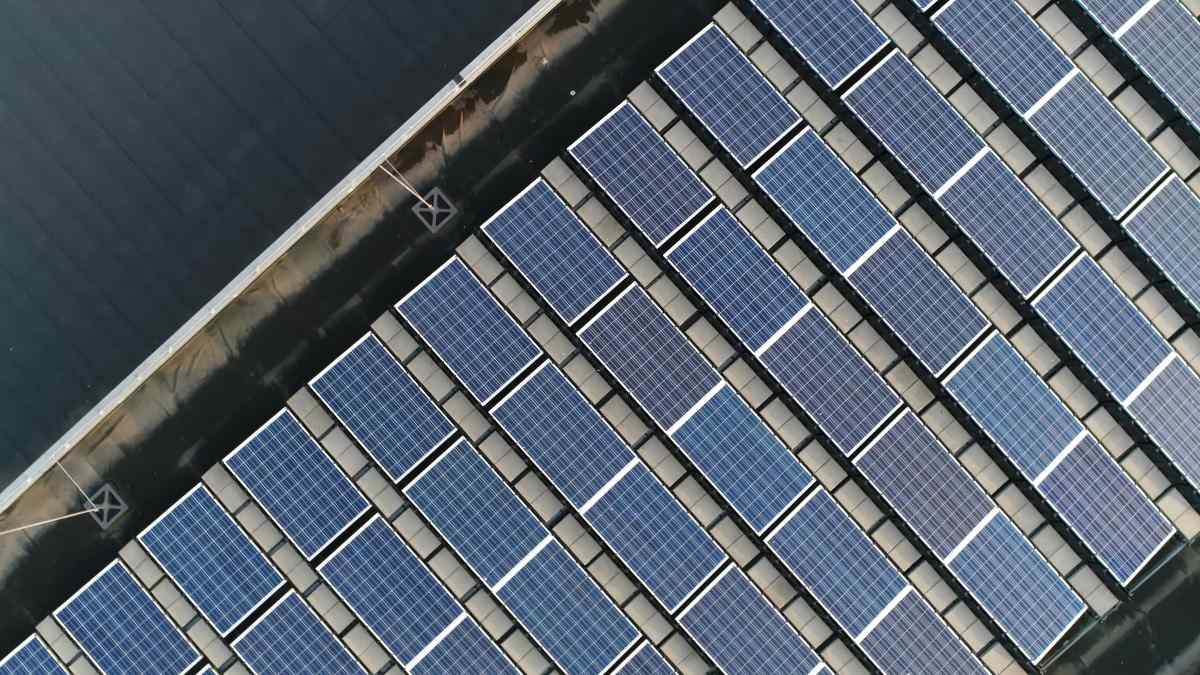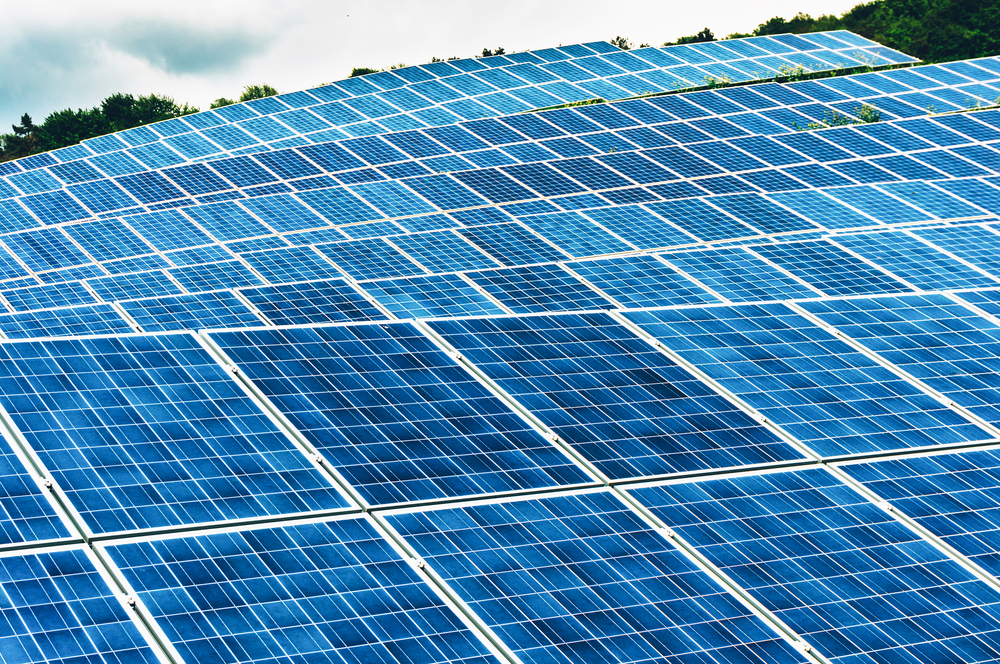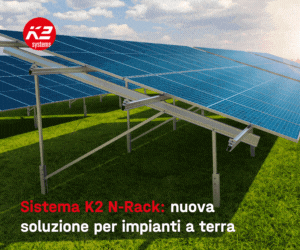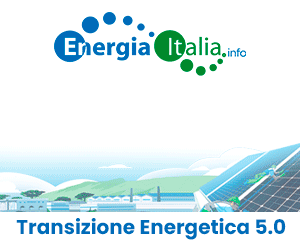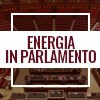Several factors are putting pressure on the global photovoltaic industry and consequently the national one, with its specific features and the rapid growth in incentives, which arouse strong criticism especially by the traditional energy sector. We are going to talk about this with Paolo Rocco Viscontini, CEO of Enerpoint SpA
We start by asking you at what stage the PV market in Italy is today.
 The domestic market has dropped considerably. The number of connections to the GSE website prove it. The market has slowed down in absolute terms and in terms of power, and now focuses mainly on medium to small systems owing to the entry into force of the Register of large systems in late August. In general, from the point of view of industry professionals, distributors and manufacturers, I would say that the market is still very complex and challenging, with some pressure on prices, now sharply downward, which indicates an excess of supply over demand. For this reason, suppliers and even large companies are reporting considerable bad debt losses. I would soon expect to see a phase of market consolidationand restructuring. Some will be forced to exit the market, some others will be merged with other groups; something will certainly happen in a market that is even too fragmented now. It should be considered that currently there are old and new production lines in the world with excess capacity in relation to the real level of demand.
The domestic market has dropped considerably. The number of connections to the GSE website prove it. The market has slowed down in absolute terms and in terms of power, and now focuses mainly on medium to small systems owing to the entry into force of the Register of large systems in late August. In general, from the point of view of industry professionals, distributors and manufacturers, I would say that the market is still very complex and challenging, with some pressure on prices, now sharply downward, which indicates an excess of supply over demand. For this reason, suppliers and even large companies are reporting considerable bad debt losses. I would soon expect to see a phase of market consolidationand restructuring. Some will be forced to exit the market, some others will be merged with other groups; something will certainly happen in a market that is even too fragmented now. It should be considered that currently there are old and new production lines in the world with excess capacity in relation to the real level of demand.
How can we handle this price collapse, caused mostly by Chinese manufacturers, in the current market phase?
Again, the excess supply is the variable that is affecting the market. Now the priority for many, including the Chinese, is to make money, because there are stock materials that must be sold to solve obvious liquidity problems. So prices are lowered considerably, even though reaching levels that are no longer sustainable for industry professionals. Some specialised reports confirm that current prices are hardly sustainable in the medium term. So it is likely that the situation should not be considered static at all. Probably, after a period of consolidation, we may also see a rise in prices to allow the strongest players, those who resist on the market, to border their prices. Currently, prices do not allow covering costs, including general costs. A framework that perhaps can be managed in the short term, but unbearable in the medium and long term.
Added to this is a purely national factor. There is a widespread worry about the achievement, by the middle of next year, of 7 billion Euros, the limit amount for annual incentives dedicated to photovoltaics. As a result, professionals fear a block or a broad review of the feed-in tariff. What approach should be taken to deal with that possibility?
First of all, starting next year, we will need to do careful predictive analyses on the future speed of the total incentive spending meter (GSE, Italian energy services agency, ed). I think it will slow down, given the rapid reduction of the tariff this year. From November to January, the tariff will be cut by about 8% per month. That is much. On the one hand I am expecting a reduction in installations, which is already an obvious fact; on the other, there will be a lower cost for the same megawatts installed. In my opinion, we should not worry ahead of time. Let’s see first how the market develops at the beginning of next year. Once we reach the sixth billion of total annual incentives, and before getting to the 7th billion, we will certainly install several GWs given the reduced spending on incentives.
So my message is this, when we get to the sixth billion, let’s not proceed too quickly with changes in rules and tariffs of the energy policy. Doing so would be like saying that we came close to the target and then, without reaching it, we decide to give it all up, or we opt for a sudden and traumatic change in rules. On the threshold of the seventh billion, we should think carefully about the right and necessary corrections to be made, however reassuring professionals about market continuity.
Yet, the PV sector also produces important, though little considered, benefits.
That’s right, the PV sector should not be seen merely as a cost, as it also has important benefits for the community. Employment, revenue to the treasury, the gradual reduction of dependence from abroad, which are all important factors. To these must be added and quantified the so-called merit order effect, which would lead to an overall economic advantage due to the replacement of traditional power stations with renewable ones, less expensive under certain conditions. The resulting reduction of bills is precisely connected with the increased competitiveness that is already occurring as a result of the lower market availability for professionals in the traditional energy sector, particularly with regard to combined cycles.





